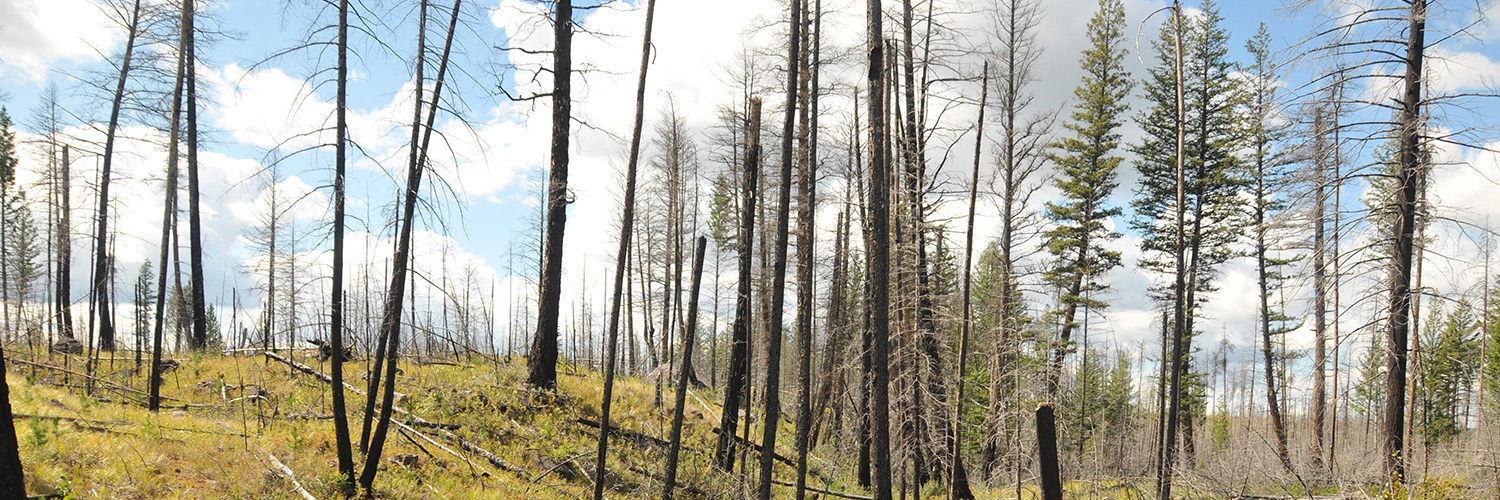Dr. Karen E. Hodges | Professor, Conservation Biology

Ecology in society: policy and outreach
As an educator, I am committed to teaching students sound scientific approaches to ecological problems. Because many of the ecological and conservation problems facing society require complex solutions that involve people from many different communities, I am also committed to working with local communities, managers, and policy-makers on projects where scientific knowledge is applied to real-world problems. Strong science is useful in setting policies such as land use zoning, management of at-risk species, forestry practices, and wildfire management.
I therefore engage in a variety of science-related activities beyond teaching and publishing research in scientific journals. I also encourage my students to become active participants as science contributes to policy and management decisions. A few examples of relevant activities are listed below.
Activities outside the university
Expert invited participant (snowshoe hares). 2015. Lynx Species Status Assessment Expert Elicitation Workshop, US Fish and Wildlife Service. I talked on “snowshoe hare distribution and status in the US”.
Member, Canada lynx habitat and fires working group (Washington), 2017-present.
Invited Member, NSERC adjudication committee for CREATE grants, 2014-2016. CREATE grants fund 6 year training programs for graduate students across the scientific disciplines, with an emphasis on value-added training for students such as leadership, communication with non-scientific audiences, interdisciplinarity, and application of results in real world contexts.
Fellow, Aldo Leopold Leadership Program, 2006. This program provided academic scientists with tools for more effective communication with the public, media, businesses, environmental non-governmental organizations, management agencies, and policy-makers. I am still active in this network and have worked on several papers and outreach activities with other ALLP fellows.
Panelist, The Nature of Museums (linked to travelling exhibit on endangered species of BC), Okanagan Heritage Museum, Kelowna, BC, 2015.
Elected Member, Terrestrial Mammals Subcommittee of the Committee on the Status of Endangered Wildlife in Canada (COSEWIC), 2005-2012. COSEWIC is responsible for requesting and reviewing biological information to determine whether to recommend that species be listed as at-risk under the Species at Risk Act. The subcommittees are composed of people with relevant taxonomic and scientific expertise.
Recent Media Coverage
In BC, 2021 and 2023 were record-setting wildfire years, with heat domes and droughts leading to severe fires. Globally, major fires also happened in the Amazon (mostly Brazil, 2019), Australia (2020), Europe, and the US. During this time, I have given almost 50 interviews for print, online, radio, and TV outlets. The stories have been diverse, addressing the unusual Amazonian wildfires, the Australian bush-fires, changes in fire regimes that make megafires more common, the impact of heat domes and drought on wildfires, and the many effects of fire on wildlife both during the fire, e.g. smoke inhalation and birds, and long after, e.g. predators and owls that need mature trees for denning or nesting.
Examples are New York Times (Anthes, E. How Megafires Are Remaking the World. 12 September 2023), Global National TV (Vella, E. Wildfires and wildlife. 11 June 2023), and multiple regional and national CBC outlets (CBC News Network, TV, Toronto. Wildfires and wildlife. 22 August 2023).
I have also spoken to media about endangered species laws and protection of critical habitat, addressing both Canada’s Species at Risk Act and the US Endangered Species Act.
Other media topics have included lynx and bobcat ecology, climate change and species range shifts, and animal camouflage (white coats in winter).